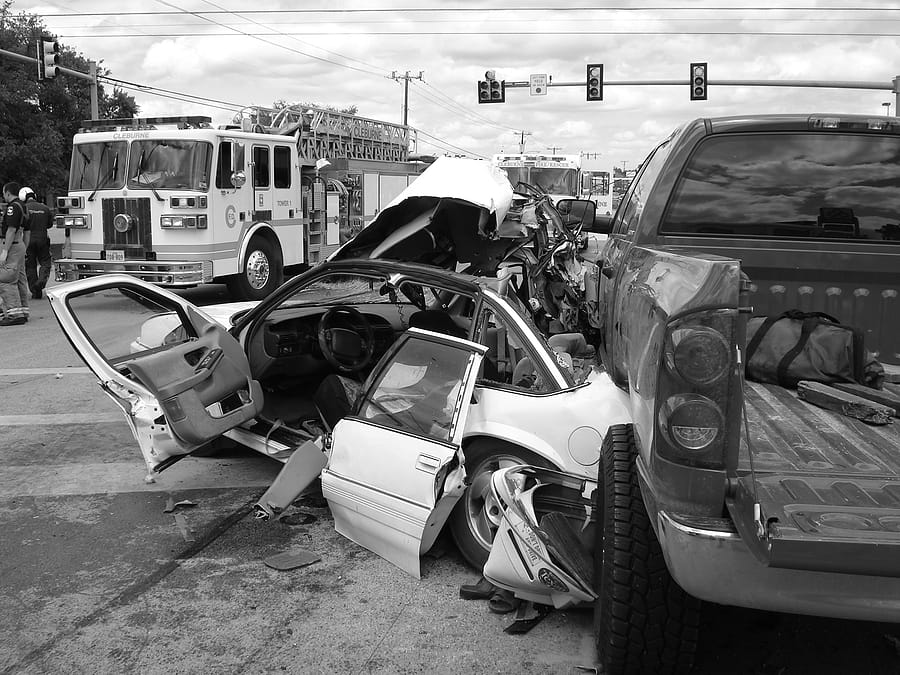Learn How to Experience Your Feelings After a Trauma
After experiencing any sort of traumatic or stressful life event, fear, anxiety, and sadness are all natural emotions, but trauma therapy can help. Feeling these natural emotions are an important part of processing and trauma healing. One way to begin to actually experience these natural emotions is to be aware of the manufactured emotions that can often be layered on top.
What are Natural vs. Manufactured Emotions?
Natural emotions are, as it says, natural. They are hard-wired, automatic, and common emotions that arise after a stressful event. Conversely, manufactured emotions are the opposite. They are often emotions not about the event itself, but about our interpretation of the events. Trauma therapy can help us tell the difference between the two.
An Example of a Common Trauma
So, for example, let’s say that you get into a bad car accident – or even a smaller fender bender, for that matter. Naturally after you get into the accident, you’re probably a bit more anxious and fearful when driving. However, often without conscious awareness, your brain may go rogue and feed you guilt and shame.
Guilt and shame may come in the form of really common (yet problematic) thoughts, such as, “I’m an idiot.”, “How did I not see that?”, “I can never do anything right.”, or “I must be a failure that I can’t get over this.” These thoughts and the associated feelings of shame are not about the event itself but about our interpretations of the event.
Moving On With Cognitive Behavioral Therapy
The more we have shame thoughts and allow them to live in our mind, the more of them we will have. Think about emotions as a fire in a fireplace. The fire has energy and heat, just like our emotions often do. If we do not feed the fire, it will eventually
burn out. However, self-blame, guilt, and shame will feed the emotional fire indefinitely. Take away the fuel and the fire will burn out. One way to help them burn out and heal from trauma is to target these manufactured emotions.
A common trauma therapy that has been shown to effectively target manufactured thoughts and emotions is Cognitive Processing Therapy (CPT). CPT is a therapy based in Cognitive Behavioral Therapy (CBT). It examines the connection between thoughts, feelings, and behaviors and how the intersection of these three can either fuel psychological trauma or psychological healing.
Cognitive Behavioral Therapy in Action
Cognitive Processing Therapy is a 12-week, evidence-based treatment that has been applied to various traumatic events. It helps individuals identify the beliefs that are related to self-blame, personalization, and shame in order to ultimately help them begin to notice the natural emotions that underlie it. Oftentimes the manufactured emotions layered on top serve to avoid the natural emotions that actually exist. Our traumas want us to think that it’s not safe to feel natural feelings.
Trauma tells us not to be vulnerable. However, paradoxically, it is exactly what is needed to help us heal from the trauma(s) of our lives. Without addressing the natural emotions, we will often experience nightmares, recurring guilt, and avoidance. And as we’ve talked about in other blogs, avoidance is the very thing that often maintains PTSD symptoms. The more we avoid natural emotions, reminders of the trauma, or the people in our lives, the more we will fuel the shame, personalization, and guilt related thoughts. We will end up being emotionally backed up. Effective trauma therapy is exactly what you need to help you heal.
Scheduling Trauma Therapy
If you or a loved one have experienced a traumatic event, contact COPE to learn more about how Cognitive Processing Therapy may be able to help you. Our psychologists and mental health professionals specialize in trauma therapy and can help you get to the other side. Schedule an appointment today by calling 310-453-8788.

